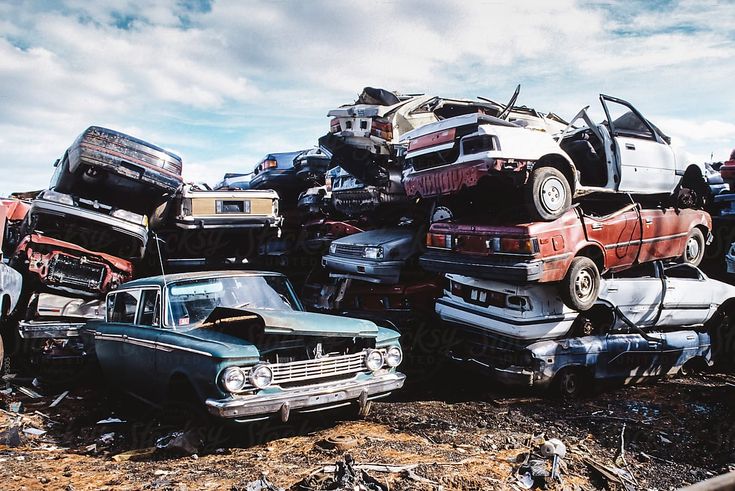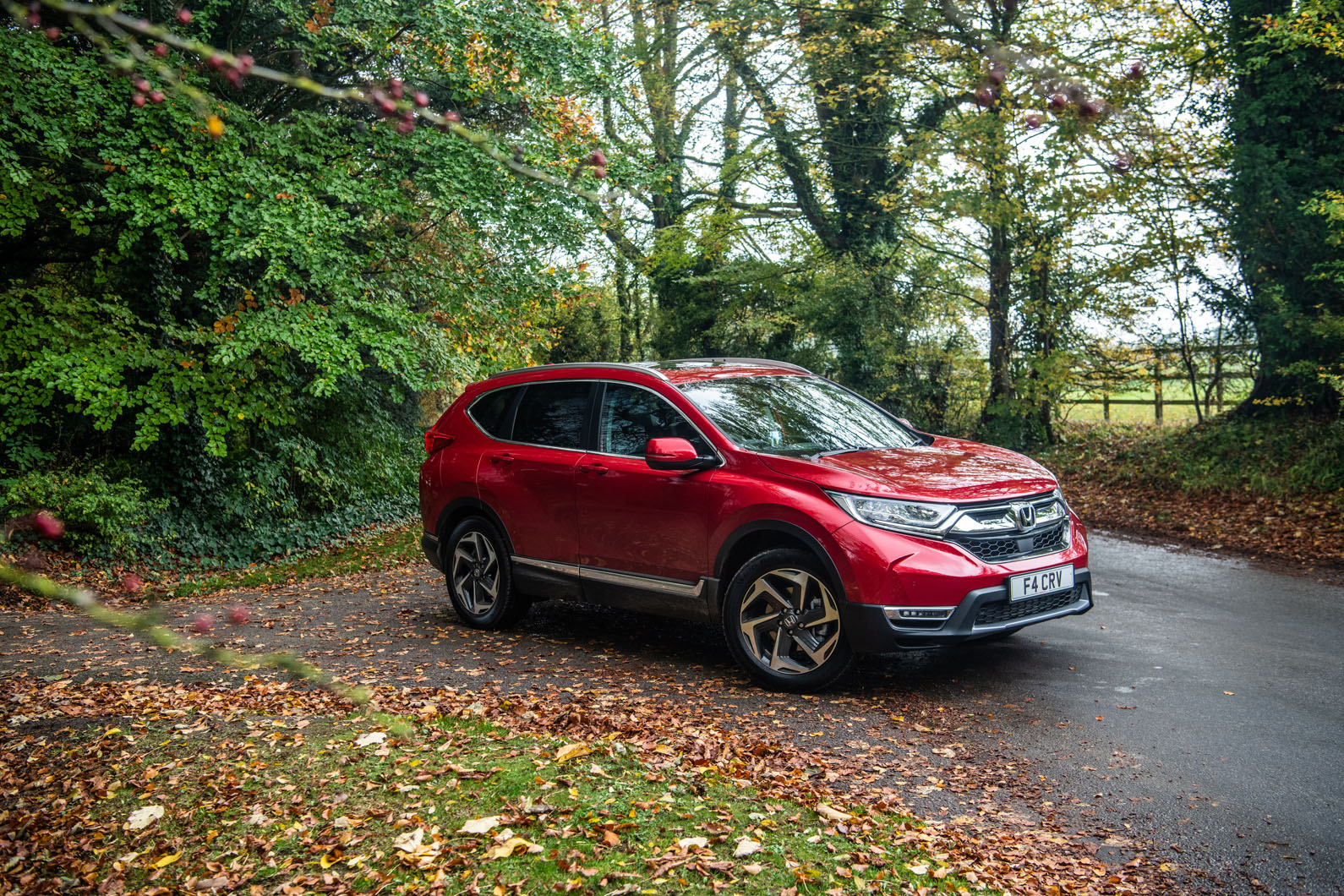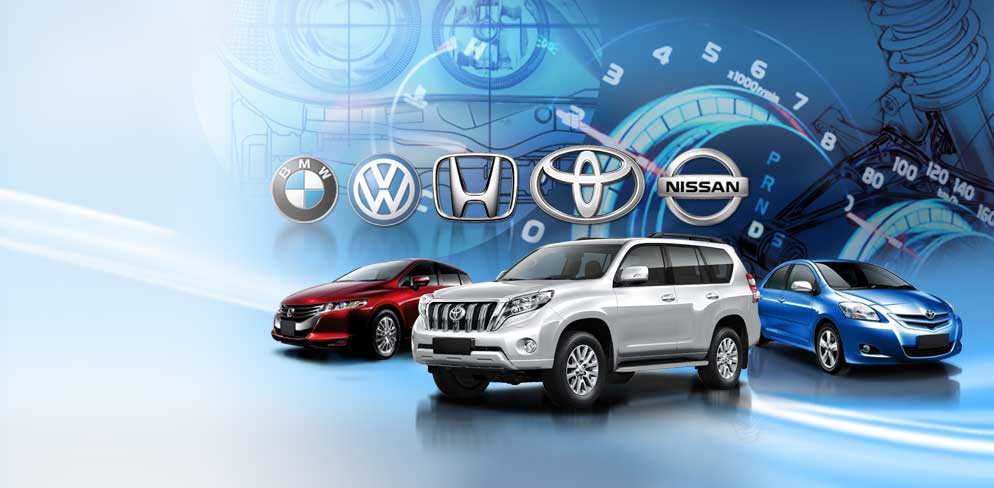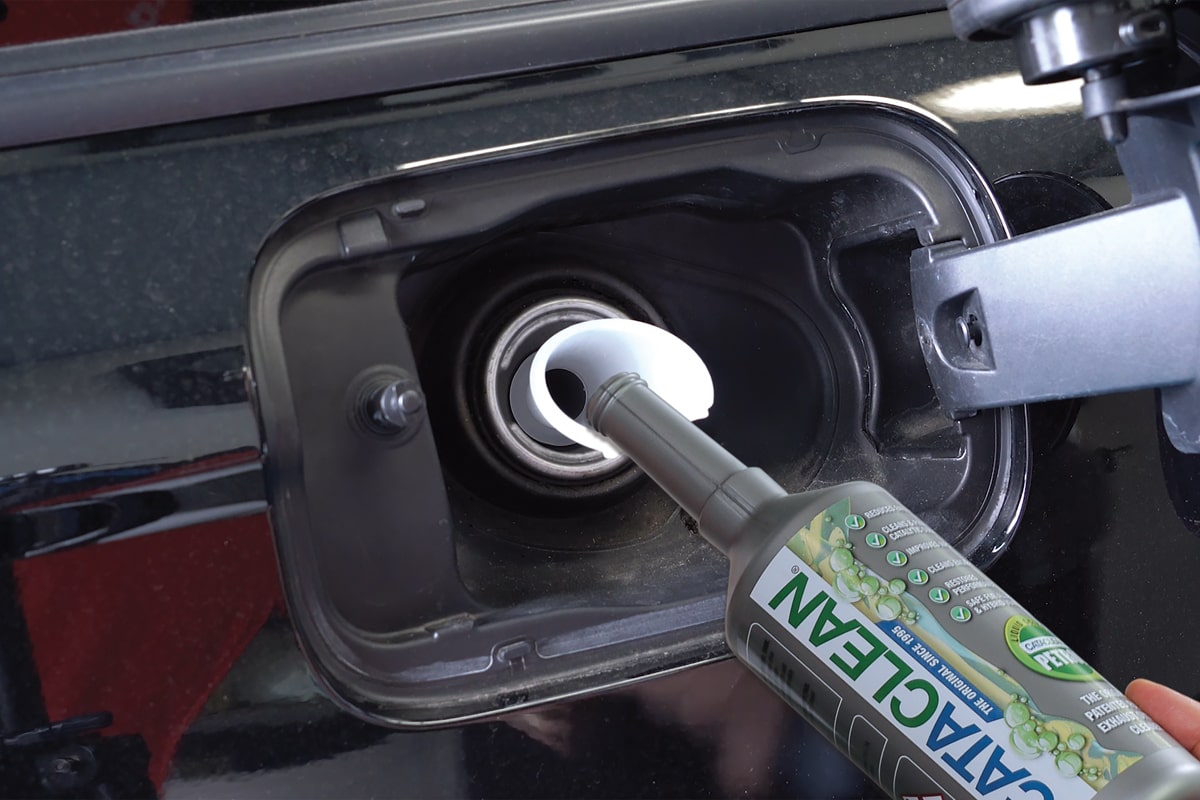How To Get Rid Of A Car That Doesn’t Run: 5 Effective Ways
You may have a car that’s a little rough around the edges or maybe it’s junk. What should we do with these old cars? Scrap it, give it away, or sell it…It seems that getting rid of junk cars is not as easy as you think. Fortunately, there are several options you may want to consider to know how to get rid of a car that doesn’t run.
How To Get Rid Of A Car That Doesn’t Run: 3 Options
Every year, there are more than 27 million old cars that have reached the end of their life and are past their useful life. It can be a staggering number so what to do with a junk car? Let’s deep down into this part to know how to get rid of junk cars:
Sell your old vehicle

It’s also a good way to turn your non-working vehicle into a money-maker. If you have an undrivable or old car and you want to sell it for cash and you wonder who buys cars that don’t run? Don’t worry! There are several choices that you can consider:
- Whether your car is running well or not? You can sell your car to car dealers, many dealerships or mechanics are willing to buy your old vehicle so that they can repair it and sell them again. For the cars which are in a good condition, you can sell them to online dealers and they can offer you instant cash. There are plenty of car platforms that sell used cars you can refer to.
- If you are a car enthusiast, you can disassemble the car parts and sell them separately. You can make use of the resting parts and integrate them into your new car.
- If your car is beyond repair and you can’t find a buyer, in this situation, you can sell it to the junkyard. The salvage yards are the last option you can think of when you want to sell a car that is completely damaged.
Mechanical damage will reduce the value of your vehicle, so you shouldn’t expect to receive a sum of money close to the original price of the car, but you will still make some money to compensate for buying a new car.
Donate the junk car to a charity
Sometimes selling a car can take a lot of your time: meeting potential buyers, calling, and even posting ads. In this situation, you can consider donating your car. Several charities operate programs for which you can donate your vehicle. Some of them employ underprivileged people to repair them and return them to service on the road. Even if your car hasn’t run for years, you can donate it to charity.
Donating your car that doesn’t run versus trying to sell it is typically less stressful and more beneficial. You will still receive free vehicle pick-up when you donate a car that no longer runs. Many charities make it easy for you to donate your car. They might even pick it up – in running condition or not – for free and you’ll be given a receipt to use when you prepare your tax return. Besides, we believe that donating your old car can help people in need get the assistance that they require.
Note: When donating your car to charity, be careful to avoid fraud or contributing to a questionable charity.
>> Related post: How To Get Rid Of Rust On Car: Save It From The Junkyard!
Recycle your car
This is the most environmentally-friendly way you can do when getting rid of your car. If it’s time to say goodbye to your car, instead of letting it sit in your garage or taking it to a scrap, you can choose to recycle it. What else would be better to choose green? About 75% of the materials that make up a car will be recycled, with the rest going to landfill. At this rate, cars are the most recycled objects in the world, and scrap cars “return” about 14 million tons of steel each year to produce new cars.
If converted to energy levels in barrels of crude oil, this amount of steel saves up to 85 million barrels of crude oil per year. There are several programs available, like Green Vehicle Disposal, that ensure your car is handled in the safest way for the environment. You will also probably get some cash for recycling your car. Reducing reuse can see how car recycling can benefit you and the environment as well as the auto industry.
How Are Used Cars Handled And Recycled?
Did you know that the car you are driving now will be a great source of raw materials in the future? When you push your old car away, pass through a few more owners, and end up in a scrap yard, up to 75% of the car’s weight can still be recycled. Those materials are then used to make new cars.
The car recycling process is extremely complex and multi-stage. When the cars are taken to the landfill, they are stored and the valuable details begin to be dismantled. These are the wheels, the battery (whether good or bad), and the catalytic converter. There is one thing that few people know, and that is the value of the catalytic converter. This part contains many precious metals such as rhodium, platinum, and palladium, which are extremely scarce.
In addition, the fluid in the car is also completely removed. That is, the coolant, engine oil, transmission oil, and gasoline in the tank are also removed cleanly. Other valuable equipment such as electronic modules, generators, starters, and even the engine and transmission assemblies will also be disassembled, cleaned, and reused if they still work well.
After the valuable things have been removed, the metal chassis will be flattened to save space. Thus, the life cycle of an old car has officially ended at the smelter, and the amount of recycled metal continues to be used to build new cars.
By recycling used cars, the recycling industry has put about 14 million tons of steel and 800,000 tons of non-ferrous metals back into the lives of Americans instead of being buried in the ground. When it comes to vehicle recycling solutions, the US and Europe are the two leading regions in terms of both the percentage of recycled vehicles and the use of recycled metals on finished vehicles.
How Will You Know If Your Run-Down Vehicle Is Considered A Junk Car?

What are the symptoms to tell you it’s time to break up with your car? Every vehicle will have a certain lifespan, of course, it will depend on the usage and maintenance of the driver. However, if you notice the symptoms below, we think that you should let your car go:
High mileage
If your car is about to reach the milestone of 200000 – 300000 miles, it’s time for you to get rid of it. According to automakers, modern engines have an average life of about 200,000 – 300,000 mileage. However, this also depends on each vehicle type, and brand, especially the habit of periodic maintenance.
In the US, an average car will go through three to five owners and typically has a useful life of 13 years or 270,000-320,000 miles before being scrapped. Some cars have been used up to 1 million miles and still operate as stable as the case of a 2013 Hyundai Elantra of a Kansas woman that set a record of more than 1.6 million miles in 5 years. In many cases, a car is seen as an asset that quickly depreciates. Its value will decrease as each driving mile increases
Non-stop or pricey repairs
The longer the car is used, the more expensive it is to repair and maintain. Users can compare their current maintenance costs with the time of the original purchase and the value of their car. If the cost increases 3 to 4 times, you should consider buying a new car.
Higher service costs lead to the car’s quality gradually decreasing over the years, making it no longer qualified for continued driving. Cars often wear out because they are constantly exposed to different elements in road conditions. If you have to visit the mechanic or repair shop frequently to fix parts such as the car engine or transmission, let’s consider whether we should spend a large amount of money on these repairs or invest in a new car.
Car parts rusted too much
This is also one of the main signs that you need to change your car. If the rusted parts are moderate and do not affect the driving process, you only need to periodically maintain the car. However, if the internal parts of the car are corroded too much or there are signs such as a lot of smoke from the exhaust, reduced fuel efficiency, strange noises often emitted from the car, and strange odors.
>> Read more: How To Remove Rusted Exhaust Bolts From Your Car?
No longer safe
About 15 years ago, the safety of a car often depended on a rigid chassis and a set of seat belts. However, over time, vehicle safety standards have been improved. Many manufacturers now integrate passive and active features to protect passengers and drivers. Modern cars today are equipped with a lot of standard safety equipment such as advanced airbags, anti-lock braking systems ABS, emergency brake assist systems BA, emergency brake warning systems ESS, reverse cameras, reverse sensors… If your old car is old and doesn’t have these safety features, it’s time to replace it with a new car.














